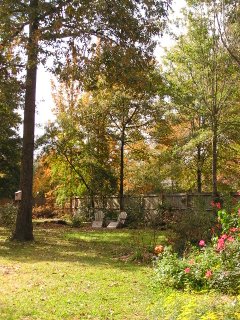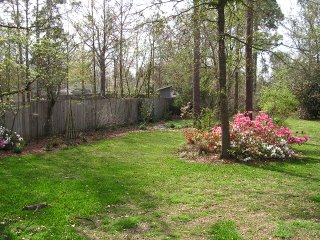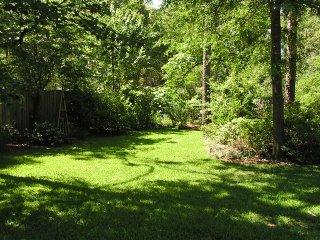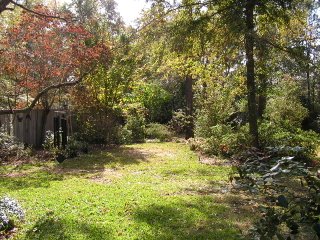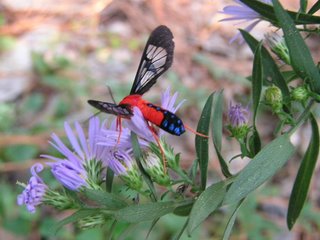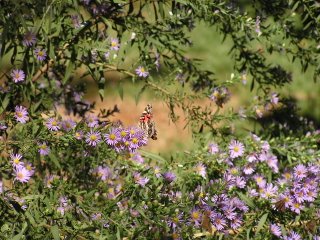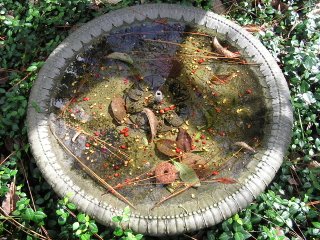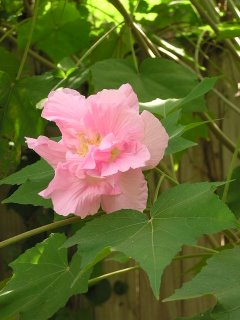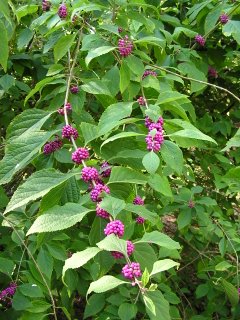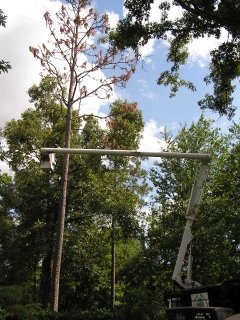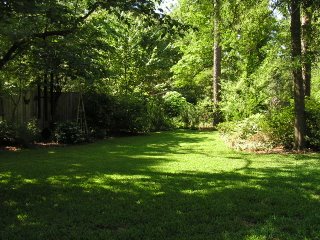I've read another excellent interview article in one of my old
Sun magazines. This one, by Derrick Jensen, is with George Ritzer and they are discussing the "McDonaldization" of American (and increasingly human) culture.
The article, "The Disenchanted Kingdom: George Ritzer on the Disappearance of Authentic American Culture," appeared in the June 2002 edition of
The Sun. Here are a few excerpts from the article that caught my eye....
p. 6: Jensen: What is "McDonaldization"?
Ritzer: It's the process by which the principles of the fast-food industry - efficiency, predictability, calculability, and control through technology - are being applied to more and more sectors of society in more and more parts of the world.
p. 7 ...people who try to be creative are likely to get fired because, from the point of view of the system, they are more likely to mess things up. One of the irrationalities of rational systems is that the system - a nonliving thing - takes priority over living beings such as workers and consumers.
p. 8 The preparing and eating of meals is one of the most basic of human expressions. In most cultures, meals are something to be savored, to be enjoyed communally, to be lingered over....
Fast-food restaurants - and consumer culture at large - work to eliminate genuine human interaction, because interactions are unpredictable and waste time.
p. 8 German sociologist Max Weber called this the "disenchantment of the world." In a progressively rationalized culture, the magic, the mystery, the religious qualities of the world are always being challenged....
...Anything that is magical or mysterious is apt to also be meandering and inefficient. Furthermore, enchanted systems are often complex and highly convoluted, having no obvious means to an end. And how do you quantify the enchanted? Since it cannot be readily calculated, it is ignored and quite often eliminated.
p. 9 Jensen: So, having disenchanted the world, these McDonaldized systems offer us a sort of simulated enchantment in its place.
Ritzer: Yes, Las Vegas is a perfect example of this. Its casinos and hotels are not "real" enchanted settings. There's a phony New Orleans, a phony Paris, a phony Venice. They get people in the doors by providing huge simulated extravaganzas in an ordered, clean, controlled environment.
p. 10 ...there seems to be a relationship between excluding the natural world and controlling people....
....The great advantage of artificial settings over natural ones is their controllability. If you want to use people's surroundings to control them, your settings have to be unnatural. The sad thing is that, in our society, increasing numbers of people seem more attracted to these simulated settings than to natural settings.
p. 10 There are fewer and fewer places we can go to get away from this manipulation. Where can we go anymore to learn how to be real human beings?
In a way, we are turning into a new species of human. The incessant bombardment by these various forms of manipulation distorts us into McDonaldized pseudopeople who no longer even know what we want, but have to be told. And even if we manage to retain some idea of what we really want, McDonaldized society increasingly deprives us of the opportunity to get it.
p. 10 Another irrationality of rational systems is homogenization. McDonaldization is about the elimination of differences. There is virtually no difference between regions of the United States anymore, because they've all been McDonaldized.
p. 11 ...the more time we spend engaging in meaningless interactions in simulated settings, the less we are able to engage in authentic, meaningful relationships. "You are what you eat" is true not only for the food we take into our bodies, but also for our other modes of consumption: the images and instructions we internalize.
p. 11 The most powerful system is that which leads people to police themselves, without any perception on their own part that they're being controlled.
p. 13 How do people who've been taught to be subordinate - at home, at school, in the workplace - become active, creative agents in a changing society?
p. 13 In many ways, our method of rationalization is much more resilient than a centralized totalitarian system, because we have a multitude of separate systems of rationalization and McDonaldization. Consequently, it's much harder - and getting harder all the time - to tell who the enemy is. And even when we do identify an enemy, it doesn't necessarily do us much good.
p. 13 Ritzer: People often ask me why, if I'm so pessimistic about the possibility of a solution, do I bother writing about the problem. The answer is: to increase awareness. When we're conscious of being controlled, it becomes much harder for those in power to maintain that control....
...It's sometimes remarkably easy to throw a monkey wrench into the system. That's one reason why the system tries to eliminate creativity: because creative action can cause the system to fall apart.
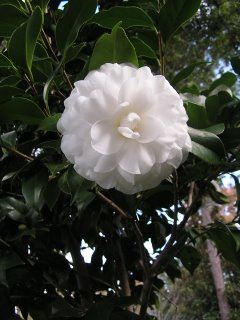 This is the bloom of an 'Alba Plena' camellia. It's one of the oldest of all the named camellia varieties, and I love its stately grace. (For a sense of scale, this blossom is about 4" in diameter.)
This is the bloom of an 'Alba Plena' camellia. It's one of the oldest of all the named camellia varieties, and I love its stately grace. (For a sense of scale, this blossom is about 4" in diameter.)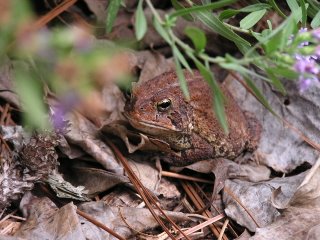 I love finding co-inhabitants of my garden...and it's even better when I can photograph them and share those photographs. This captivating guy was hiding out underneath an aster in the wood nymph garden at the beginning of November. I think he was hoping that I didn't see him, as he stayed perfectly still for a long time, inadvertently posing beautifully for me!
I love finding co-inhabitants of my garden...and it's even better when I can photograph them and share those photographs. This captivating guy was hiding out underneath an aster in the wood nymph garden at the beginning of November. I think he was hoping that I didn't see him, as he stayed perfectly still for a long time, inadvertently posing beautifully for me!